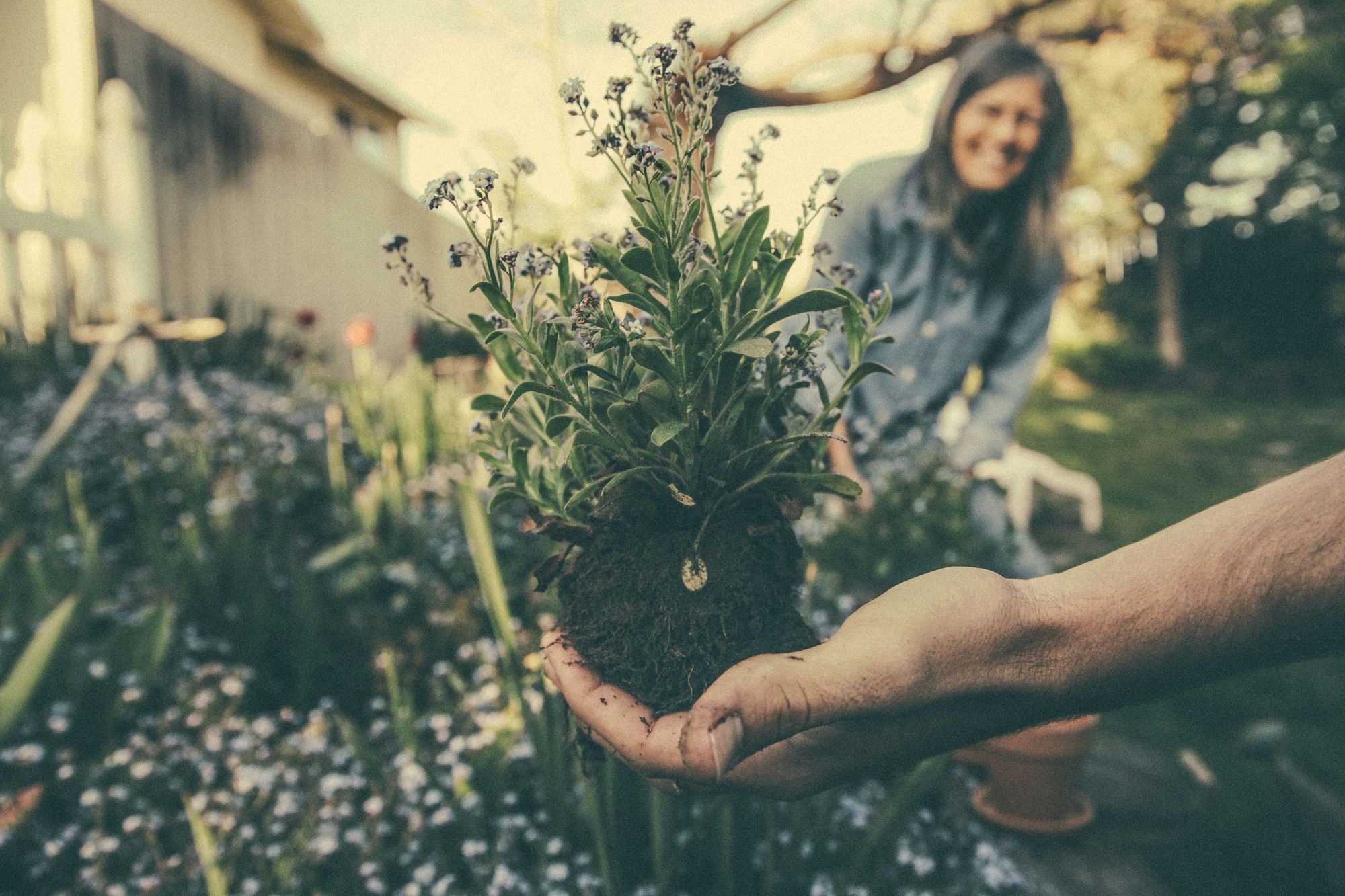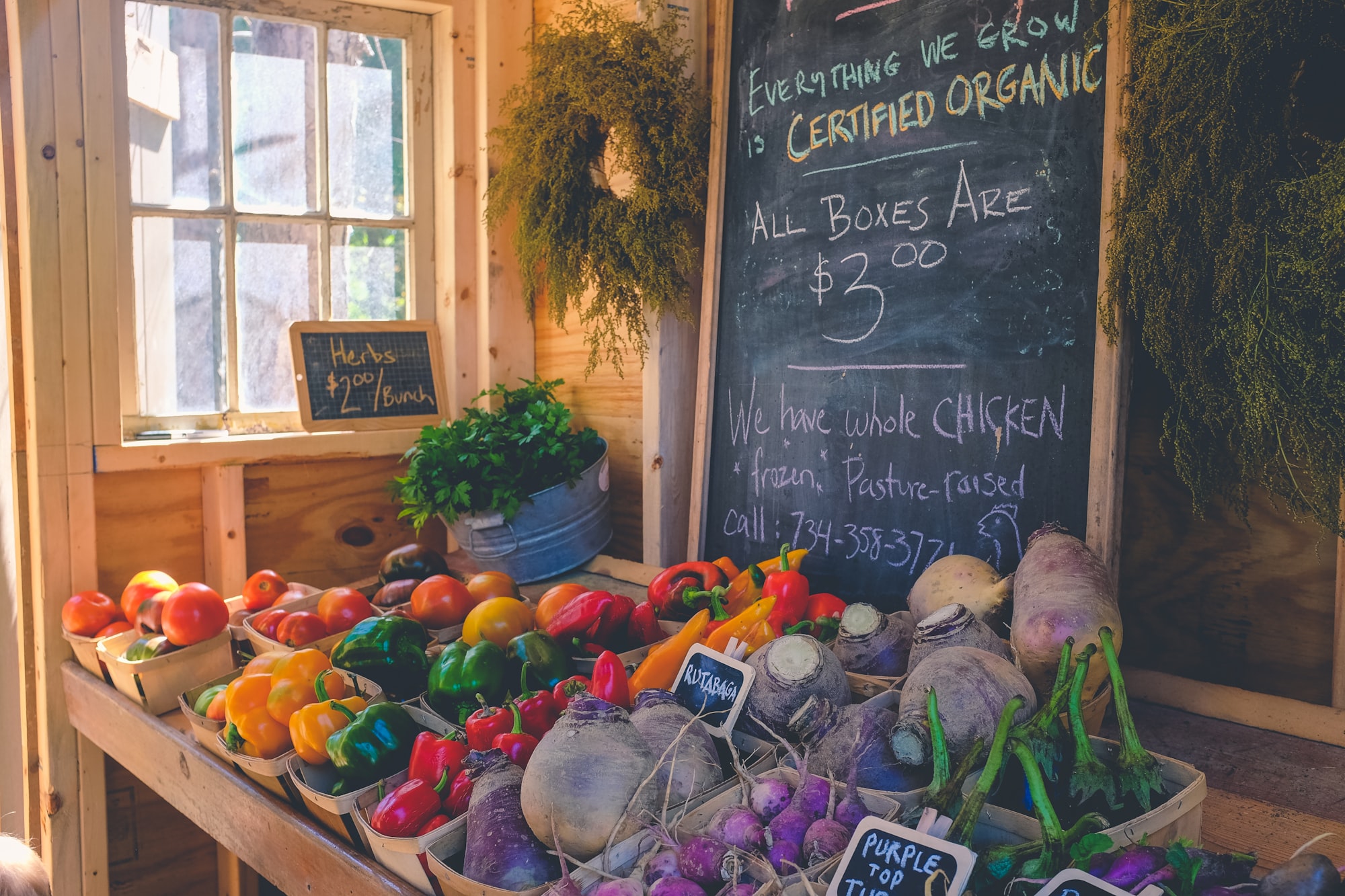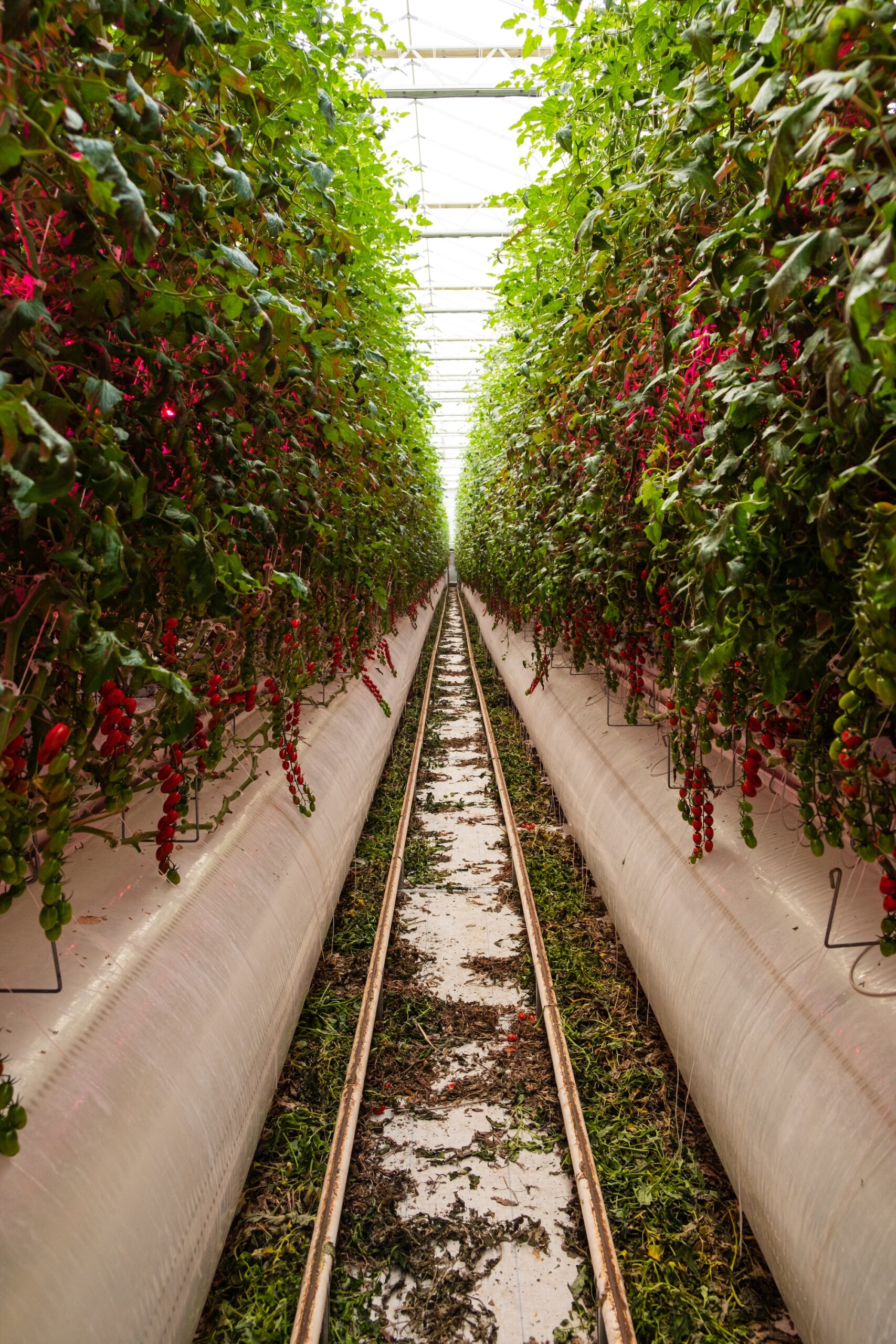
As a garden designer, I love to create beautiful and productive spaces—not just those to be enjoyed by individuals and their family and friends but also spaces to be enjoyed by the whole community. I have designed a number of community gardens around the world and I would like to share some ideas to inspire you for your own community garden projects.
A good place to start when designing a community garden is to make sure that, with the community’s input, you make a list of all the main elements that a particular community would like to include. Food production is often top of the list. But there are a number of other elements that should at least be considered—and practical elements which need to be considered along the way.
Food-Producing Zones
While food production will usually be the goal for the majority of the space in a community garden, it is important to remember that food-producing areas can come in many different forms, which look and feel very different.
In my designs, I usually like to include both more traditional, largely annual, growing areas, with polyculture planting, and perennial food-producing zones such as forest gardens, fruit trees, and guilds, or other forms of edible landscaping suited to the site. Other interesting food-producing methods such as aquaponics can also be considered.
Water
When gardening, and especially when growing food, water is a key concern. When designing a community garden, water sources, water management, and water usage should be top considerations. The strategies for water will always depend on a specific site and where it is located. But wherever and however you garden, be sure to think about harvesting rainwater, keeping it around, and water conservation.
Whether you have simple water containers to collect water from buildings on the site, undertake earthworks and sensible planting schemes to catch and store more water in the soil, creating wildlife ponds or water features, or use other strategies—thinking about water is always crucial to ensure the ongoing success of your community project. It is also worthwhile thinking about how water in a landscape can help provide a soothing and restful environment.
Composting
Another of the most important practical elements you need to include in community gardening is an area for composting. There are of course a number of different types of composting to try – from simple composting bins and wormeries to hot composting setups and compost tumblers. But whichever type of composting is right for the site, it is important to make sure you include space for composting in any community garden design.
Sensory Gardens
Even when food production is the main goal, aesthetics certainly do not have to be compromised. A good community garden is one that engages all the senses. It will have planting schemes that look, sound, smell, and feel wonderful throughout the year. Sensory gardens help turn community gardens not just into a space for production, but a space for healing and tranquility too.
Space for Play
Young or young-at-heart, we all need space for nature play. Community gardens can be safe, nearby spaces where those of any age can have fun and connect with the natural world. Some elements that I often include in community gardens are natural playground areas, spaces for den building, meadows for running around and ball games, and outdoor play kitchens and potting/seed sowing areas.
How many different zones you can include in a design will depend on the space available. But even in the smallest of spaces, the right planting scheme and layout can deliver fun for all ages.
Wilder, Quiet Zones
No matter how small the community garden space may be, I also think it is important to build in wild and natural quiet spaces around the edges. A community garden can be a place for people to come together, but when well designed, it can also be a space to get away from it all and enjoy some quiet time in the company of nature. Native woodland areas, screened arbors, and many other features of a planting scheme can cleverly create small quiet retreats, even in a busy city.
A Central Hub For Meeting and Recreation
Finally, community gardens can often include a hub for a community: a meeting space for recreation and gatherings. When a community garden can serve as a hub for a community, there is a wide range of functions such as space can fulfill. A building on a community garden site can include:
- A hall space for meetings, events, swaps, local markets, skill-sharing, and education.
- A lending library, or even central tool banks, etc.
- Community kitchen: demonstration, cooking, and dining space.
- Composting toilets.
- A community shop… and more.
Of course, many of the elements described above can be made at low cost, and using natural and reclaimed materials.





